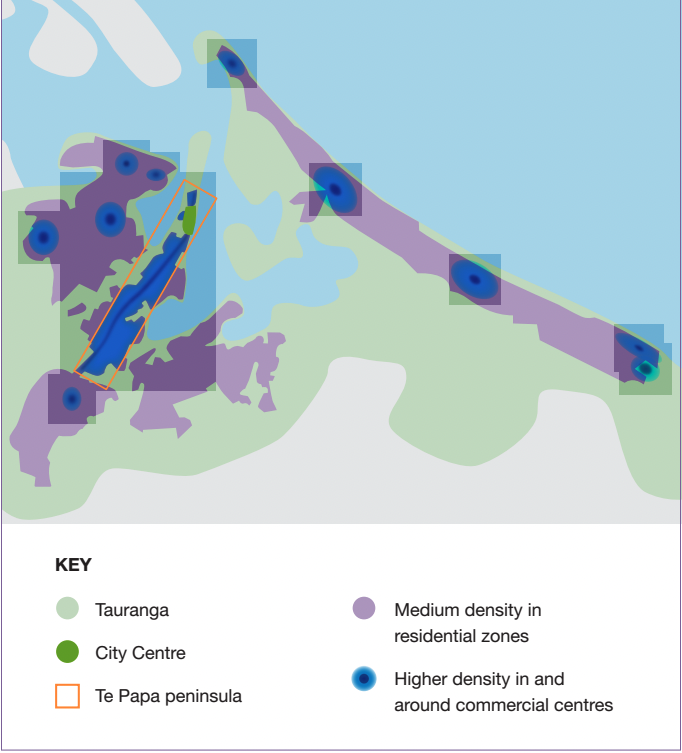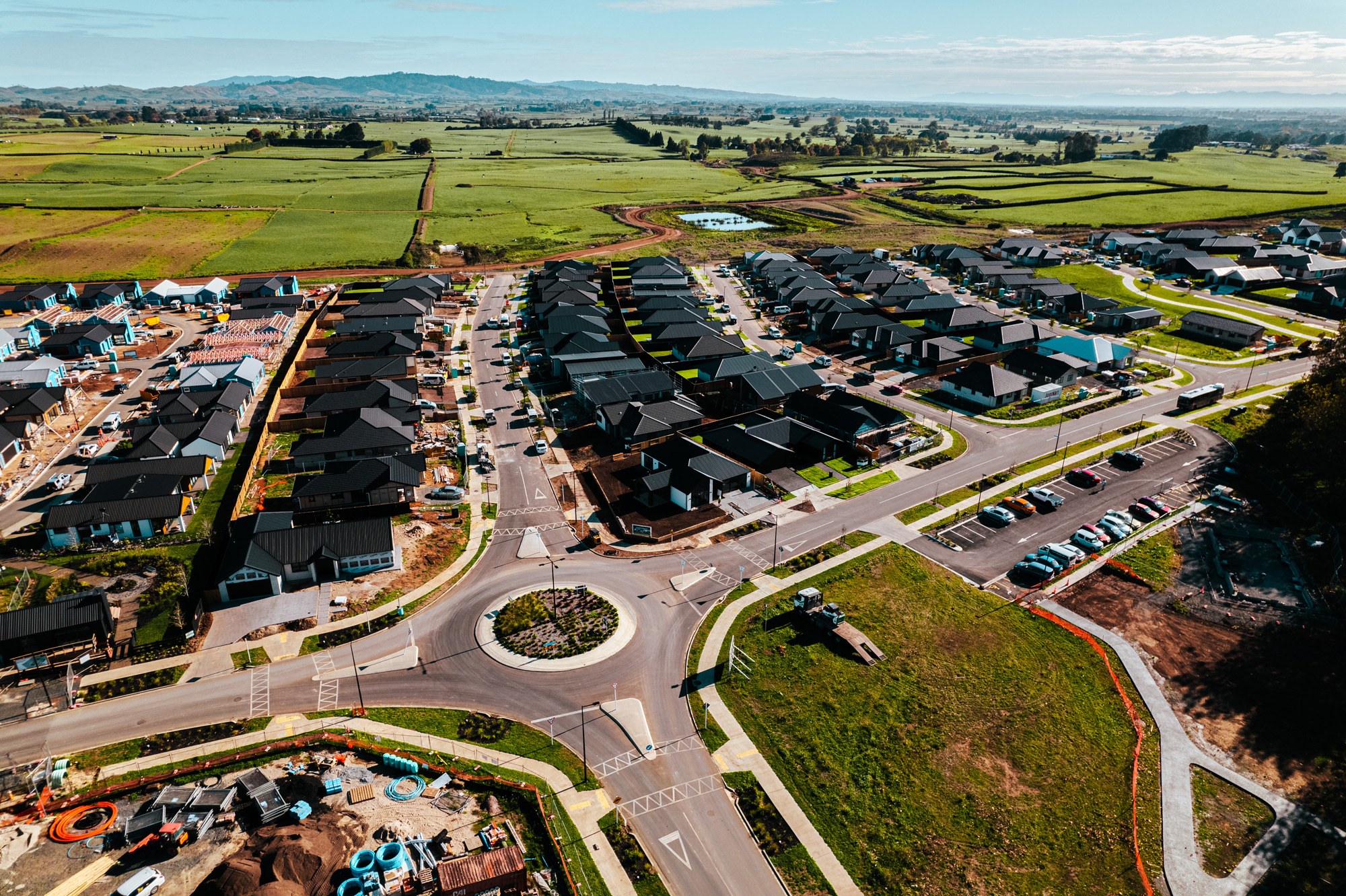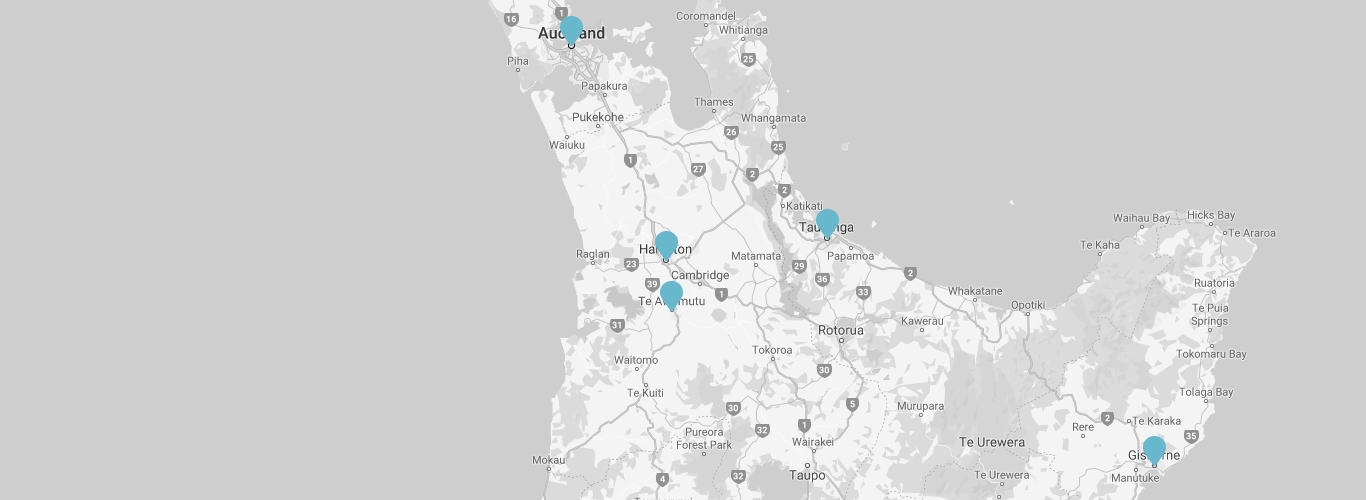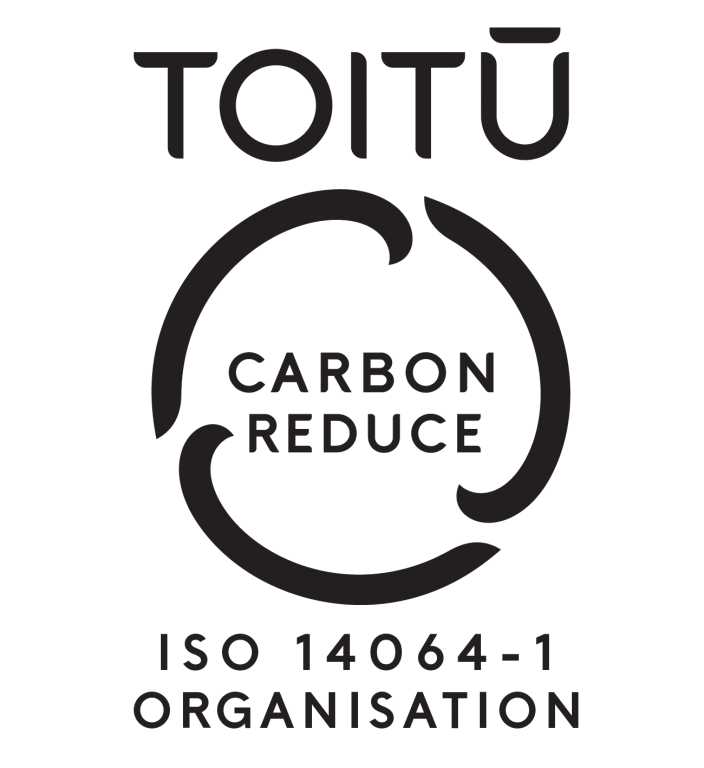11 Oct 2022
As shown in the map, there is almost nowhere within the TCC boundary that won’t potentially be affected by this change. But there is a significant risk that the current approach to Plan Change 33 doesn’t address; that is the capacity of the city’s transport system to accommodate all the extra travel generated beyond a short walk to the local supermarket or school.
It’s a bit simplistic, but just by permitting medium density development across the city, assuming full adoption, we can expect travel demand on the transport network to triple (3 storeys rather than 1). So, it’s fair to say that the infrastructure assessments of any additional high density proposals are likely to conclude that the network won’t be able to accommodate it without significant improvements, either to infrastructure (e.g. road network upgrades), services (e.g. public transport), or both.
In part, this is being addressed by the Connected Centres programme developed through the Urban Form and Transport Initiative (UFTI) and the Transport System Plan (TSP) developed by TCC to accompany it. However, these long-term plans for the city’s system were based on less densification than proposed in Plan Change 33. For example, the suburb of Bethlehem was not identified for any densification in the Connected Centres programme. Now, it is. The same applies to the coastal strip between Arataki and Wairakei.
So, it’s time for TCC and the SmartGrowth partnership to revisit Connected Centres and the TSP to formulate a significantly larger investment programme to improve the city’s transport system than that currently in place. Until then, there is a risk that much of the potential for high density cannot be realised. Or, it can, but the transport system simply won’t be able to cope.
About the author
Mark Haseley is a Principal Transport Planner with CKL, based in Tauranga. During nearly ten years with Waka Kotahi, he worked on numerous strategies, programmes and projects to improve Tauranga’s transport system. He now leads CKL’s land use and transport planning advisory service.
If you are looking for more advice on the implications of Plan Change 33 on transport in Tauranga , call Mark on 027 880 5440, or e-mail him at [email protected].
Map credit to Tauranga City Council
While it’s designed to address Tauranga’s housing supply and affordability issues, Tauranga City Council’s (TCC) Plan Change 33 also signals a radical shift in Tauranga’s urban form, and the way its people travel. It does this by making it easier to build up, rather than out, providing for greater density in existing residential areas in two ways:
- Allowing new medium density residential buildings (up to 3 storeys with 3 dwellings) to go up with no resource consent required
- Enabling new high density residential buildings to go up as ‘restricted discretionary activities’
- 4 to 6 storeys within a short walk of existing retail/community centres (subject to ‘...assessment on the impact to our infrastructure’)
- 8 storeys along Cameron Road
As shown in the map, there is almost nowhere within the TCC boundary that won’t potentially be affected by this change. But there is a significant risk that the current approach to Plan Change 33 doesn’t address; that is the capacity of the city’s transport system to accommodate all the extra travel generated beyond a short walk to the local supermarket or school.
It’s a bit simplistic, but just by permitting medium density development across the city, assuming full adoption, we can expect travel demand on the transport network to triple (3 storeys rather than 1). So, it’s fair to say that the infrastructure assessments of any additional high density proposals are likely to conclude that the network won’t be able to accommodate it without significant improvements, either to infrastructure (e.g. road network upgrades), services (e.g. public transport), or both.
In part, this is being addressed by the Connected Centres programme developed through the Urban Form and Transport Initiative (UFTI) and the Transport System Plan (TSP) developed by TCC to accompany it. However, these long-term plans for the city’s system were based on less densification than proposed in Plan Change 33. For example, the suburb of Bethlehem was not identified for any densification in the Connected Centres programme. Now, it is. The same applies to the coastal strip between Arataki and Wairakei.
So, it’s time for TCC and the SmartGrowth partnership to revisit Connected Centres and the TSP to formulate a significantly larger investment programme to improve the city’s transport system than that currently in place. Until then, there is a risk that much of the potential for high density cannot be realised. Or, it can, but the transport system simply won’t be able to cope.
About the author
Mark Haseley is a Principal Transport Planner with CKL, based in Tauranga. During nearly ten years with Waka Kotahi, he worked on numerous strategies, programmes and projects to improve Tauranga’s transport system. He now leads CKL’s land use and transport planning advisory service.
If you are looking for more advice on the implications of Plan Change 33 on transport in Tauranga , call Mark on 027 880 5440, or e-mail him at [email protected].
Map credit to Tauranga City Council





